Rising Demand for Renewable Energy
The increasing emphasis on renewable energy sources is a primary driver for the Outdoor Solar LED Market. As nations strive to reduce their carbon footprints, solar energy has emerged as a viable alternative to traditional energy sources. The International Energy Agency indicates that solar energy capacity has been growing at an unprecedented rate, with projections suggesting a continued upward trend. This shift towards sustainability is not merely a trend but a necessity, as governments and organizations implement policies to promote clean energy. Consequently, the demand for outdoor solar LED lighting solutions is likely to rise, as they offer an eco-friendly option that aligns with global energy goals. The Outdoor Solar LED Market stands to benefit significantly from this transition, as consumers increasingly seek products that contribute to environmental conservation.
Cost-Effectiveness of Solar Solutions
The Outdoor Solar LED Market is experiencing growth due to the cost-effectiveness of solar lighting solutions. As technology advances, the price of solar panels and LED components has decreased, making these products more accessible to a broader audience. According to recent data, the cost of solar energy systems has dropped by over 80% in the last decade, which has made solar-powered solutions more appealing for both residential and commercial applications. This affordability encourages consumers to invest in outdoor solar LED lighting, as they offer long-term savings on electricity bills and reduced maintenance costs. The financial benefits associated with solar lighting solutions are likely to drive further adoption, positioning the Outdoor Solar LED Market for sustained growth in the coming years.
Government Incentives and Regulations
Government incentives and regulations play a crucial role in shaping the Outdoor Solar LED Market. Many countries have introduced policies that encourage the adoption of renewable energy technologies, including solar lighting solutions. These incentives may include tax credits, rebates, and grants aimed at reducing the initial investment costs for consumers and businesses. Furthermore, regulations mandating energy efficiency standards are pushing manufacturers to innovate and improve their product offerings. As a result, the Outdoor Solar LED Market is likely to see increased investment and development, as stakeholders respond to these favorable conditions. The combination of supportive policies and regulatory frameworks is expected to enhance market growth and drive the adoption of solar LED technologies.
Urbanization and Infrastructure Development
The rapid pace of urbanization and infrastructure development is a significant driver for the Outdoor Solar LED Market. As cities expand, the need for efficient and sustainable lighting solutions becomes increasingly critical. Urban planners and developers are recognizing the advantages of solar LED lighting, which not only provides illumination but also enhances the aesthetic appeal of public spaces. The integration of outdoor solar LED solutions in parks, streets, and commercial areas is becoming more common, as these products offer flexibility and ease of installation. Moreover, the growing trend of smart cities, which leverage technology to improve urban living, further supports the adoption of solar lighting solutions. This trend indicates a promising future for the Outdoor Solar LED Market, as urban areas continue to evolve and prioritize sustainability.
Consumer Awareness and Environmental Concerns
Consumer awareness regarding environmental issues is increasingly influencing the Outdoor Solar LED Market. As individuals become more informed about the impact of their choices on the environment, there is a growing preference for sustainable products. This shift in consumer behavior is driving demand for outdoor solar LED lighting, which is perceived as a responsible choice that contributes to energy conservation and reduced greenhouse gas emissions. Market Research Future indicates that consumers are willing to pay a premium for eco-friendly products, further supporting the growth of the Outdoor Solar LED Market. As awareness campaigns and educational initiatives continue to proliferate, it is likely that the market will see an influx of environmentally conscious consumers seeking solar lighting solutions.

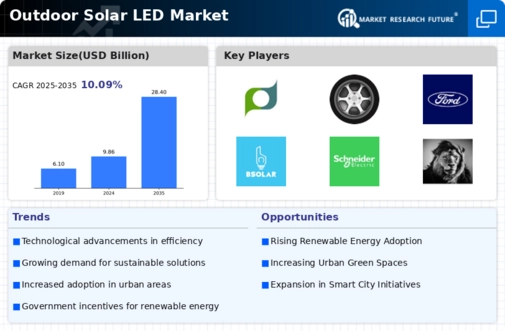
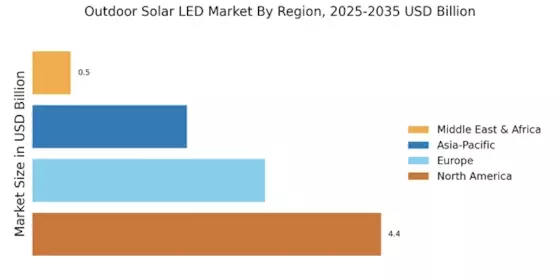


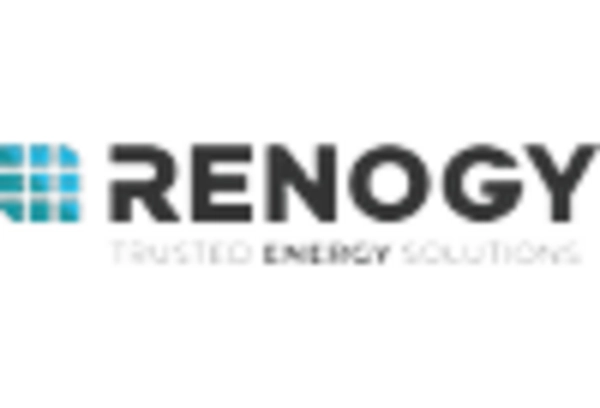
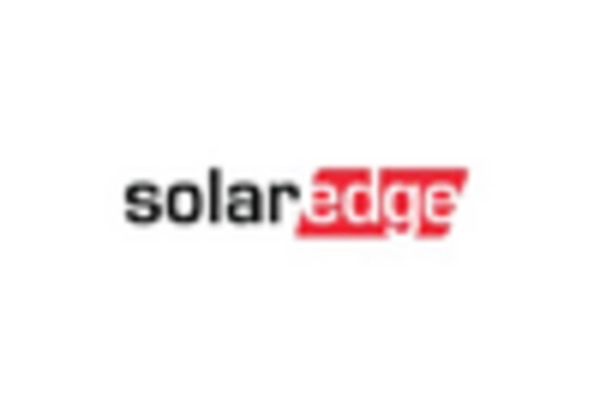

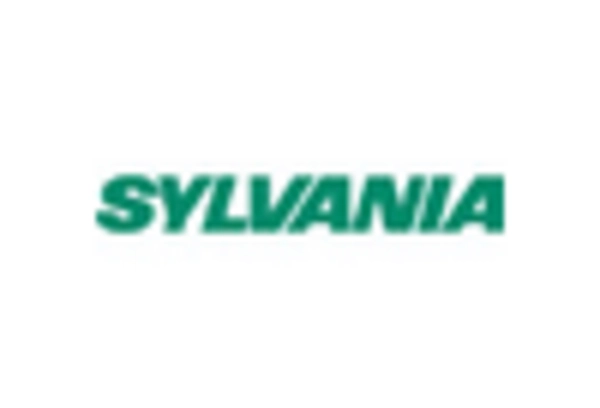








Leave a Comment